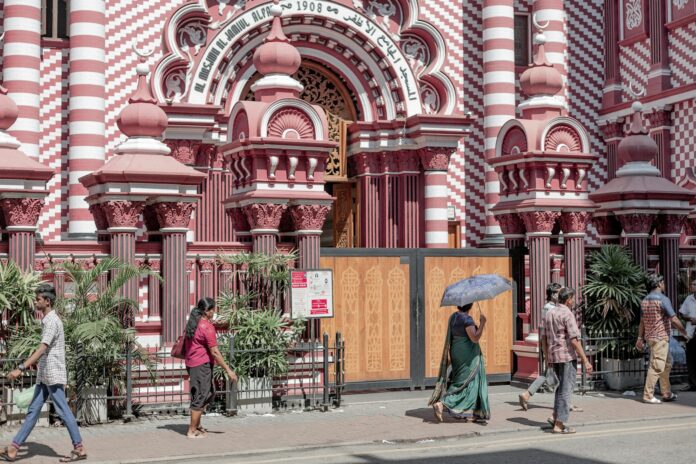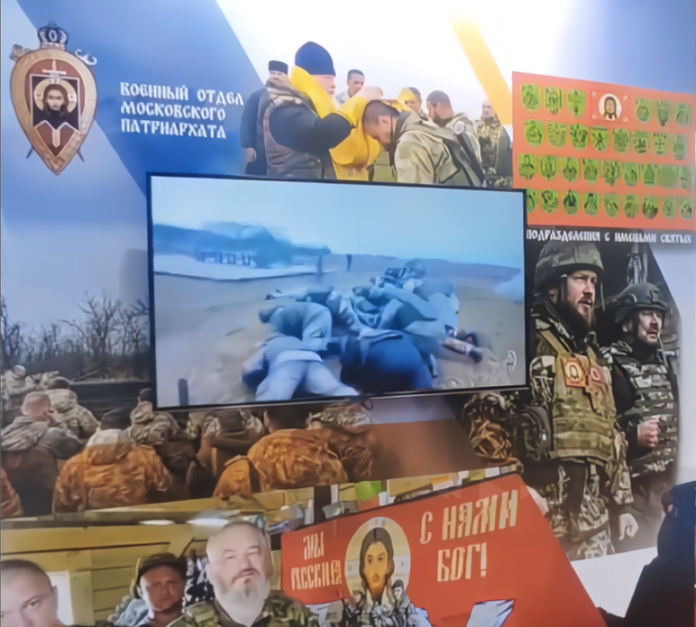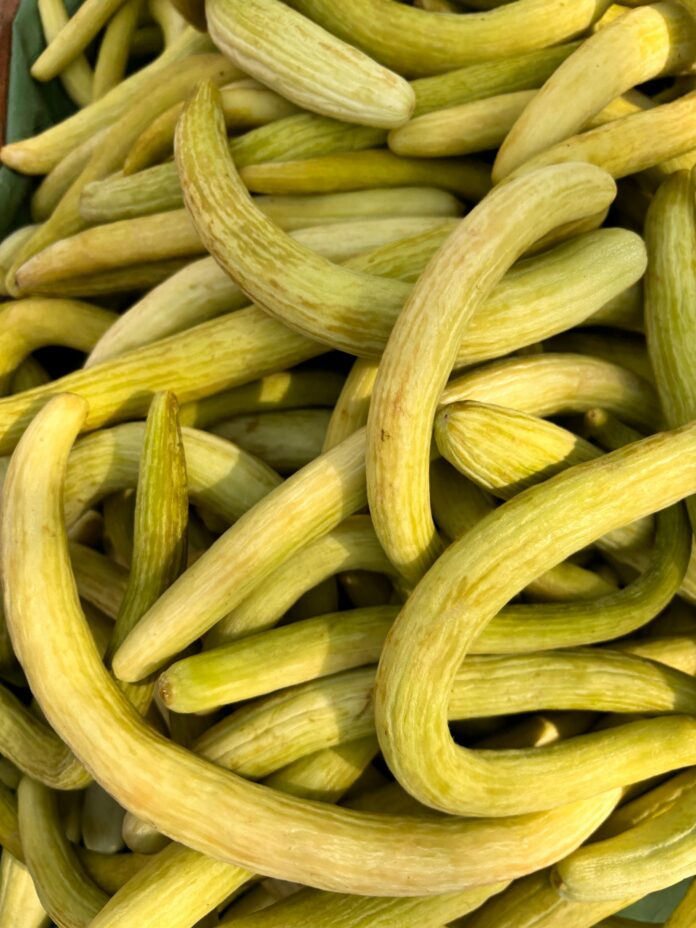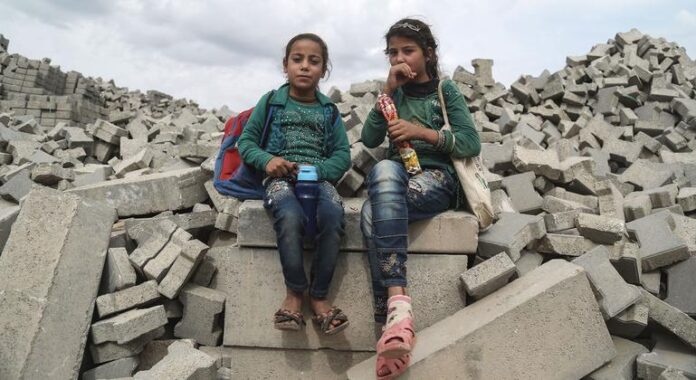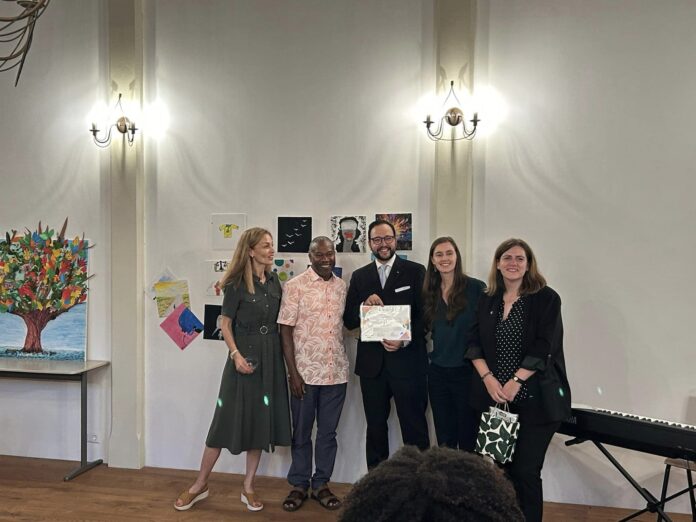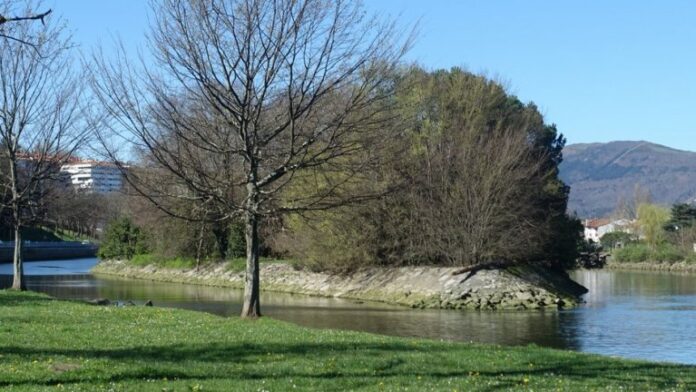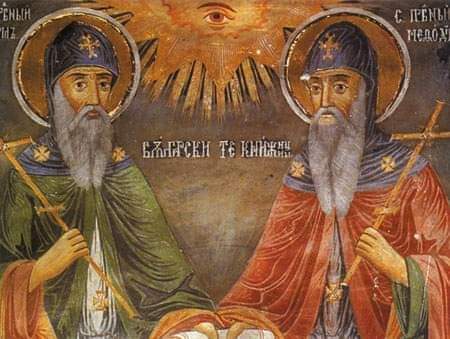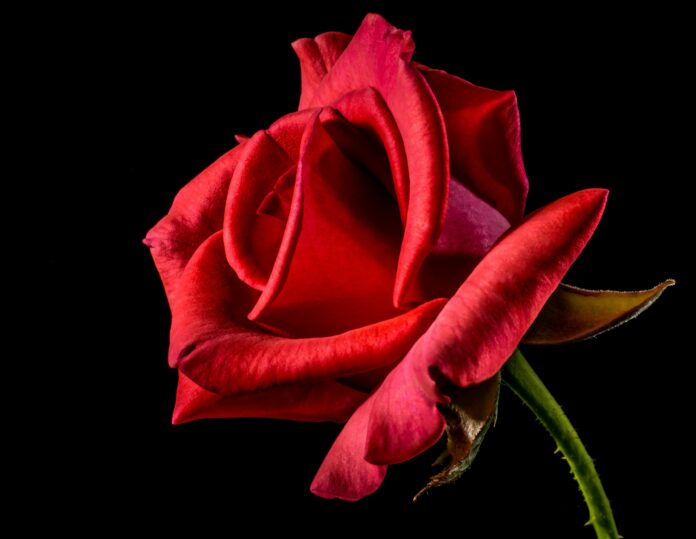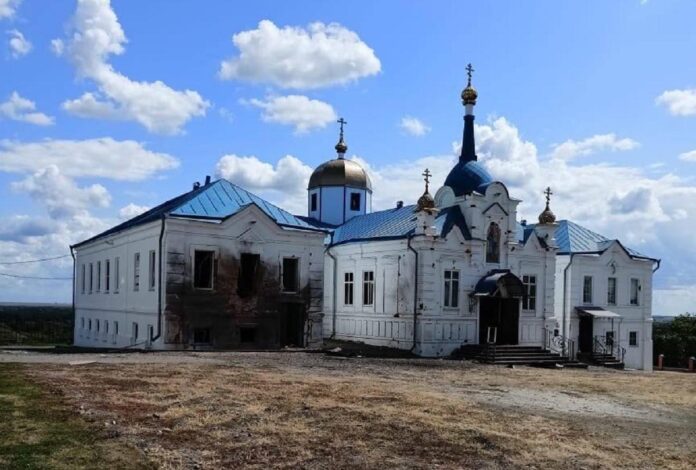Following an invitation by the Election Commission of Sri Lanka, the European Union has decided to deploy an Election Observation Mission (EOM) to Sri Lanka to observe the Presidential Election scheduled for 21 September 2024. The EU has a long history of accompanying electoral processes in Sri Lanka and has deployed EOMs on six occasions, the last in 2019, reflecting the EU’s commitment and partnership with the country.
The High Representative of the Union for Foreign Affairs and Security Policy and Vice-President of the European Commission, Josep Borrell, has appointed Nacho Sánchez Amor, Member of the European Parliament, as Chief Observer.
The High Representative stated: “The deployment of the Election Observation Mission in Sri Lanka this year confirms our long-standing commitment to supporting credible, transparent, inclusive and peaceful elections in the country. For the EU, observing the election is a way to support the Sri Lankan people and their efforts to strengthen democratic institutions, in line with our multidimensional and sustainable partnership with the country”.
The Chief Observer declared: “I am honoured to lead the EU EOM to Sri Lanka. The forthcoming presidential election will give a new impetus to democracy following to the 2022 political and economic crisis. This election is important for Sri Lanka to continue making progress on its path of reforms and lasting recovery, in full respect of democratic values”.
Background
The EU EOM is deployed at the express invitation of the host country and is led by a Chief Observer. It is comprised of different groups of observers. The Core Team consists of a Deputy Chief Observer and nine election experts who will arrive in Colombo on 13 August 2024. Later in August, 26 long-term observers will join the mission and be deployed across the country to follow the election campaign. Thereafter, 32 short-term observers will reinforce the mission on election week, also deployed throughout the country. The EU EOM will remain in the country until the completion of the electoral process.
In line with the EU methodology on election observation, the mission will issue a preliminary statement and hold a press conference in Colombo after the election. A final report, including recommendations for future electoral processes, will be presented and shared with national authorities and stakeholders after the finalisation of the entire electoral process.



